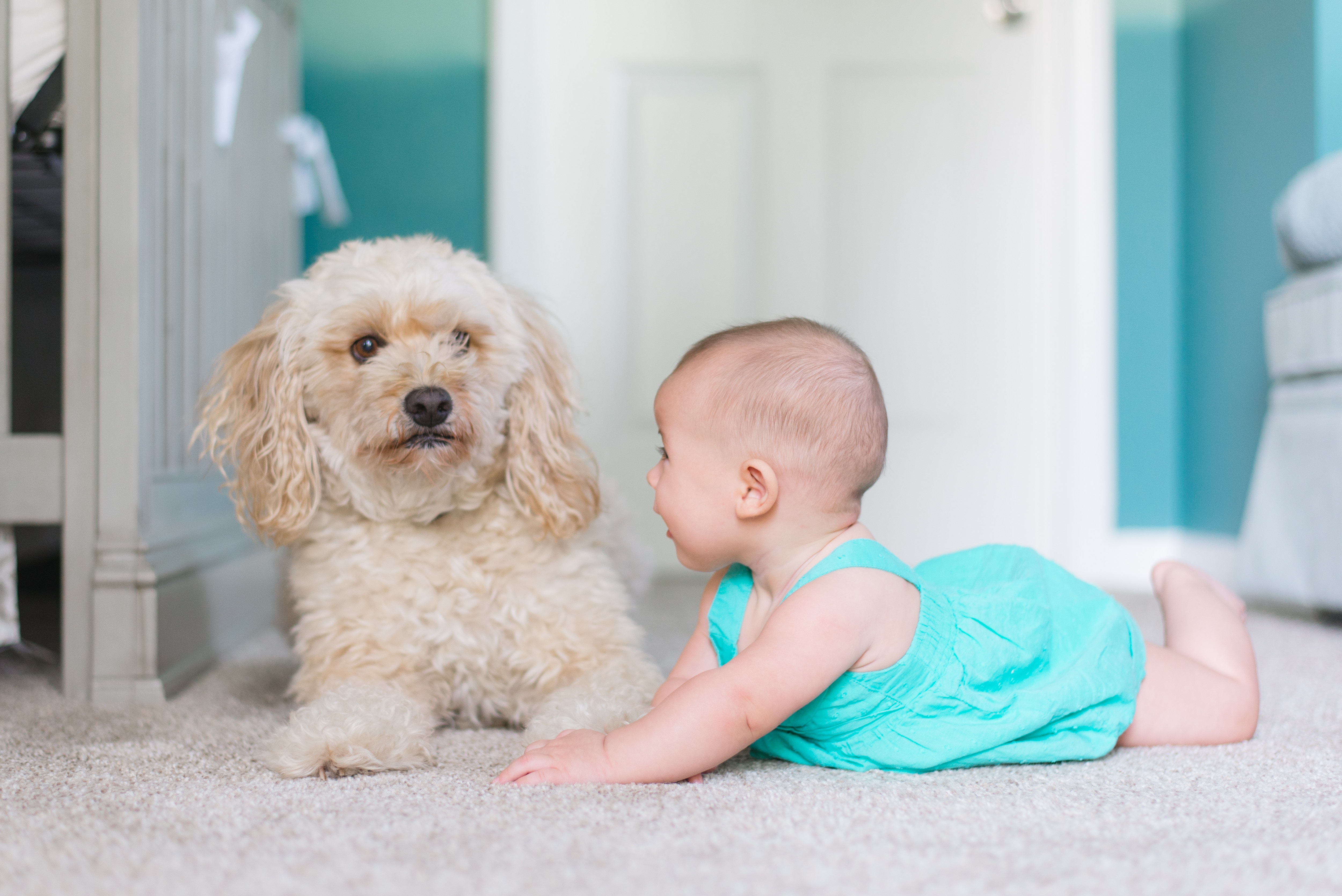Que dites-vous à vos employés lorsqu'ils vous informent que leur déménagement inclut deux chiens ou deux chats ? Bien que la plupart des employeurs ne remboursent pas les frais de déménagement de ces "membres de la famille", il est bon de savoir que vous disposez d'une ressource pour vos employés.
Le groupe WHR travaille avec l'IPATA, les experts en transport international d'animaux de compagnie, et comprend que lorsque vous déménagez une personne, vous pouvez souvent vous attendre à déménager un ami à fourrure (ou deux).
Votre conseiller en relocalisation est-il prêt à vous aider ?

Quels sont les coûts associés aux animaux sur les lignes aériennes ?
En plus des frais facturés par la compagnie aérienne pour le transport d'un animal de compagnie, il y a d'autres frais à prendre en considération. Les compagnies qui acceptent de payer ces frais voudront les comprendre parfaitement à l'avance.
La plupart des pays exigent un certificat de santé délivré par un vétérinaire avant tout voyage, même à l'intérieur du pays. Pour les vols internationaux, les animaux de compagnie peuvent avoir besoin d'un passeport ou d'une autre autorisation réglementaire spécifique au pays, ce qui est généralement associé à des frais.
En outre, le traitement des parasites est parfois nécessaire, même chez les animaux en bonne santé, avant que ces permis ne soient délivrés.
Enfin, certains pays exigent que les animaux soient mis en quarantaine, parfois pendant plus de 30 jours, et certains pays peuvent exiger des frais journaliers coûteux avant que l'animal ne soit libéré.
Existe-t-il d'autres options que l'avion pour voyager avec des animaux de compagnie ?
Malheureusement, voyager avec des animaux de compagnie dans un bus, un train ou un bateau est extrêmement restreint.
Selon l'IPATA, deux navires acceptent les animaux pour les voyages transatlantiques, mais le nombre de places est très limité.
Les bus et les trains sont généralement soumis à des restrictions locales, mais Greyhound Bus, par exemple, n'accepte aucun animal autre que les animaux d'assistance(FAQ IPATA).
Toutes les compagnies aériennes acceptent les animaux de compagnie, non ?
C'est faux ! Certaines compagnies aériennes n'autorisent pas les animaux en cabine, d'autres ne les acceptent pas en tant que bagages enregistrés et d'autres encore ne les acceptent pas du tout.
Il est important d'appeler la compagnie aérienne avant de réserver vos billets pour vous assurer que vous, votre famille et vos animaux arriveront tous en même temps dans la ville de destination. BringFido.com est une excellente ressource qui propose une liste de toutes les compagnies aériennes respectueuses des animaux et de leurs politiques.
Quelle taille est trop grande pour que les animaux domestiques volent en cabine ?
La plupart des compagnies aériennes n'autorisent les chiens et les chats à voyager en cabine que s'ils sont placés dans une cage de transport qui peut être rangée sous le siège. Une exception est faite pour les animaux d'assistance, qui doivent être munis d'une pièce d'identité.
La compagnie aérienne doit être prévenue à l'avance afin de prévoir des sièges adaptés. Le transport de vos animaux de compagnie en soute est une solution sûre. Selon Air Cargo World, il y a moins de 0,01 % d'incidents, certaines compagnies aériennes comme United ayant des taux d'incidents encore plus bas(FAQ IPATA).
Pourquoi le bulldog d'un cessionnaire ne peut-il pas voler en été ?
Les problèmes respiratoires sont fréquents chez les "races à nez retroussé", qu'il s'agisse de chats ou de chiens. En raison de l'incidence plus élevée de l'épuisement par la chaleur chez ces animaux, qui peut parfois entraîner la mort, ces races font généralement l'objet d'une réglementation plus stricte que les autres races.
En général, cependant, tous les animaux sont soumis à des restrictions lorsque la température dépasse ou est inférieure à un certain seuil (ou lorsqu'on prévoit qu'elle le dépassera pendant le vol). Chaque compagnie aérienne a sa propre politique en la matière.
Un cessionnaire qui déménage à l'étranger devra-t-il faire mettre son animal en quarantaine ?
Chaque pays applique des restrictions différentes à l'entrée des animaux de compagnie sur son territoire, et parfois ces restrictions varient également en fonction du pays d'origine des animaux. Le seul moyen de s'en assurer est d'appeler l'ambassade ou le consulat du pays de destination pour obtenir les informations les plus récentes.
En règle générale, les animaux en escale sont exclus de ces restrictions, seuls le point de départ et la destination finale étant pris en compte.
